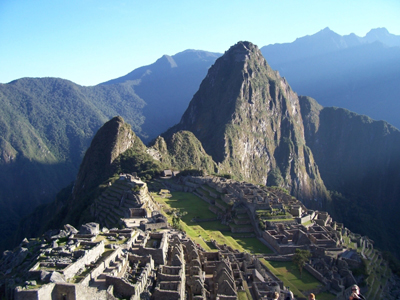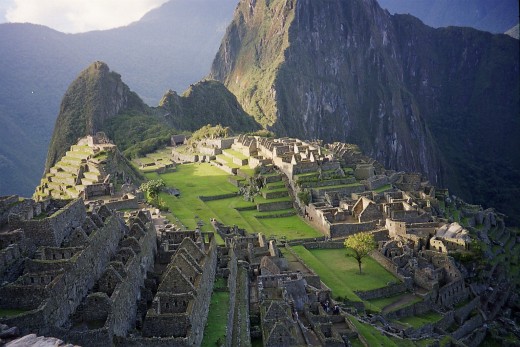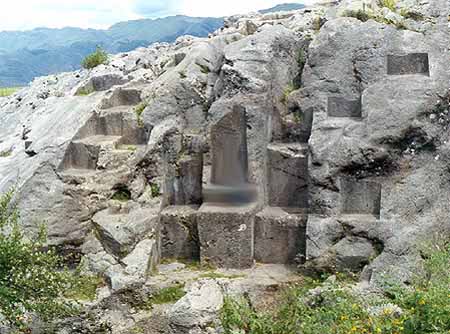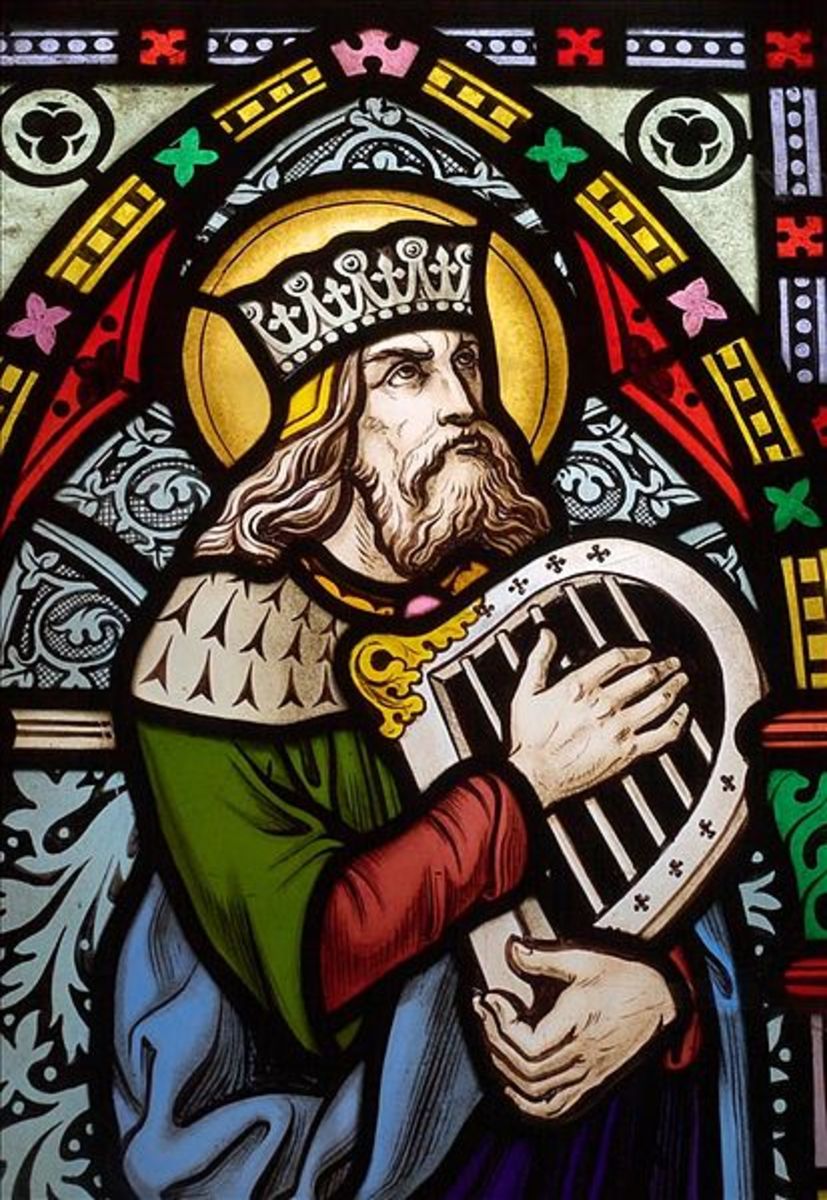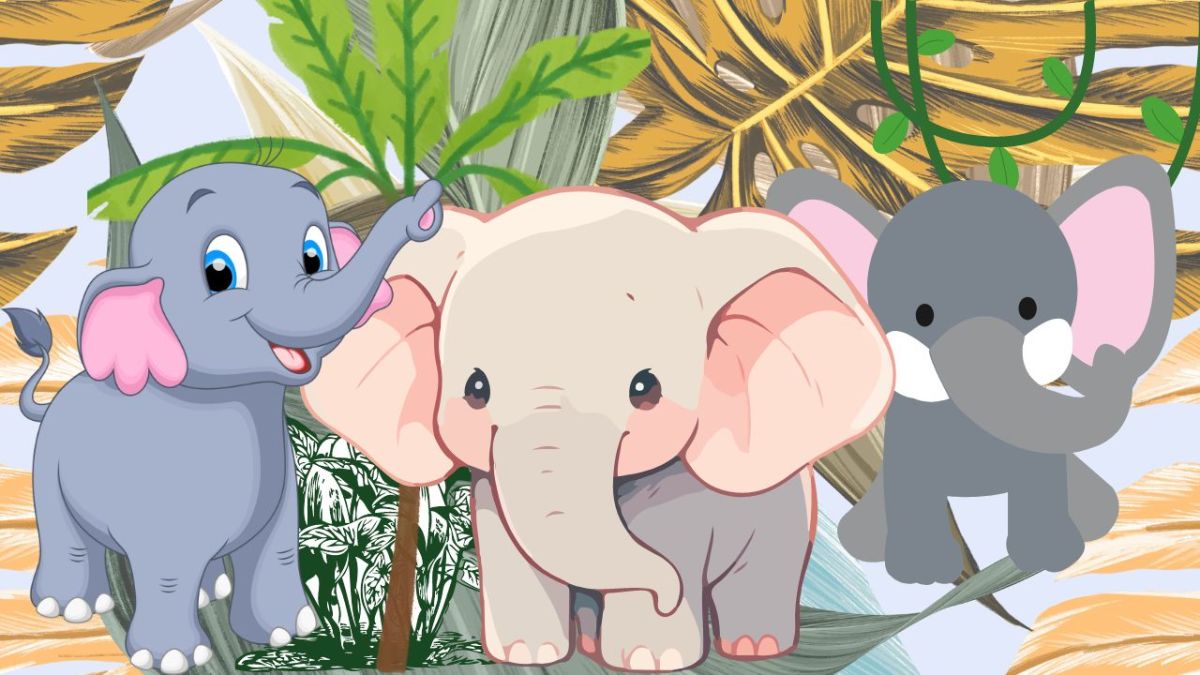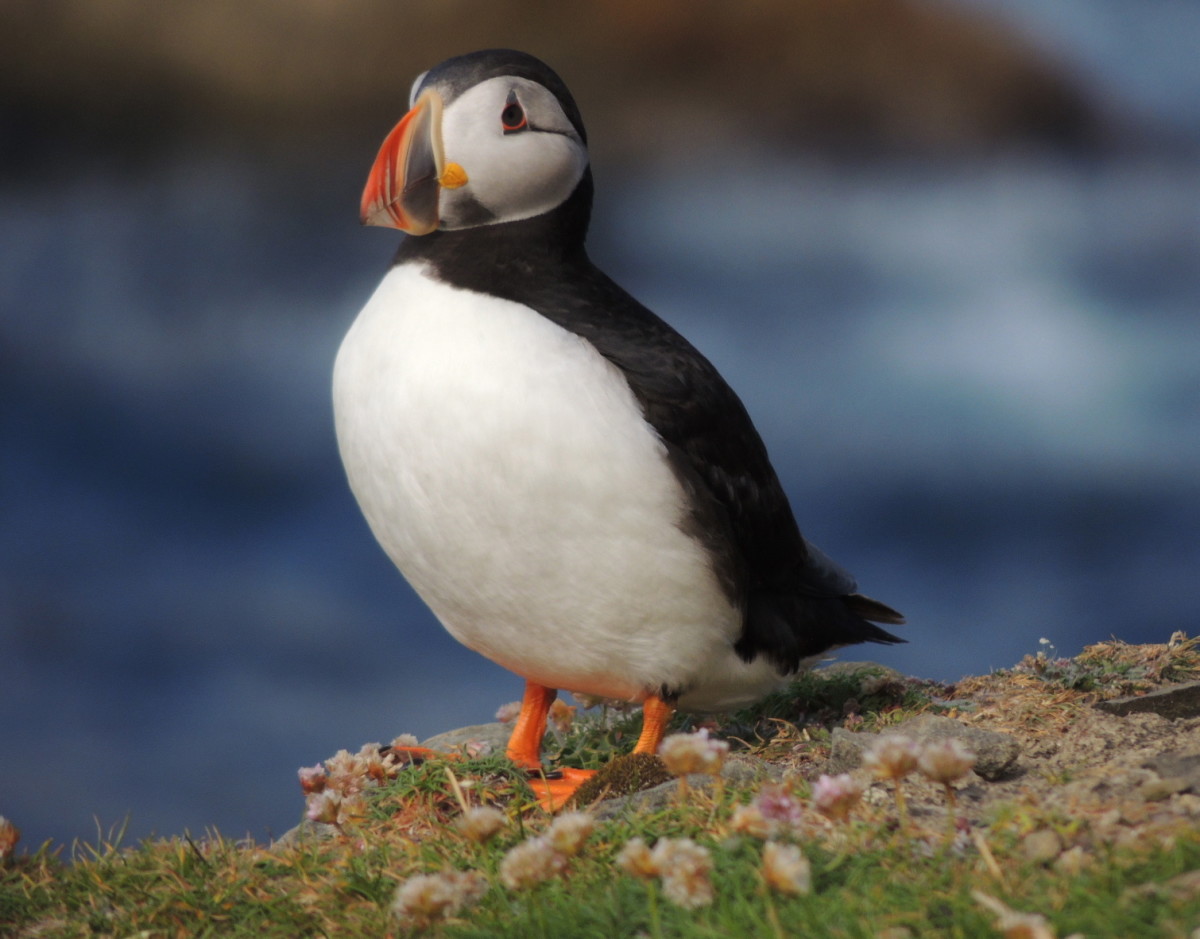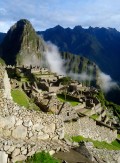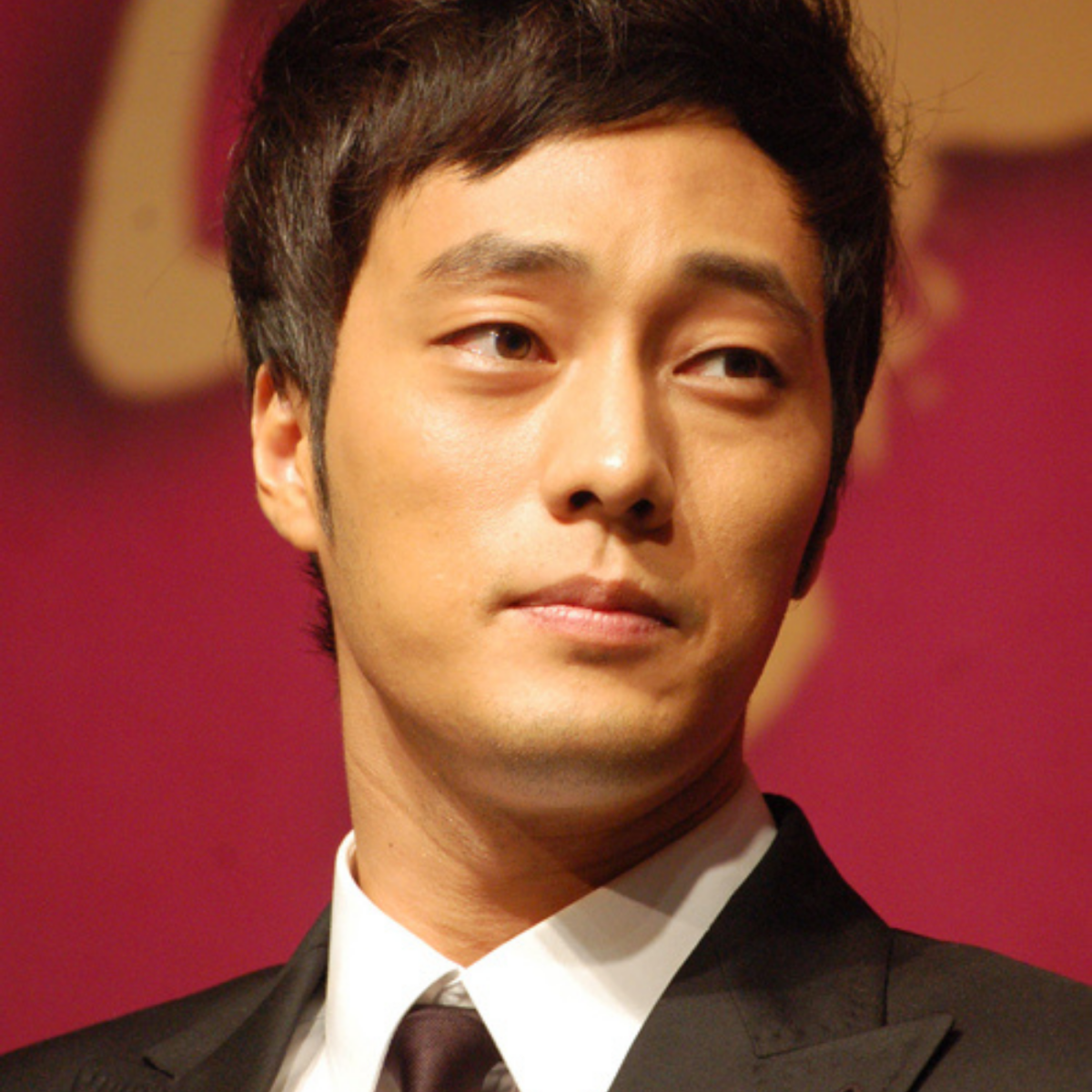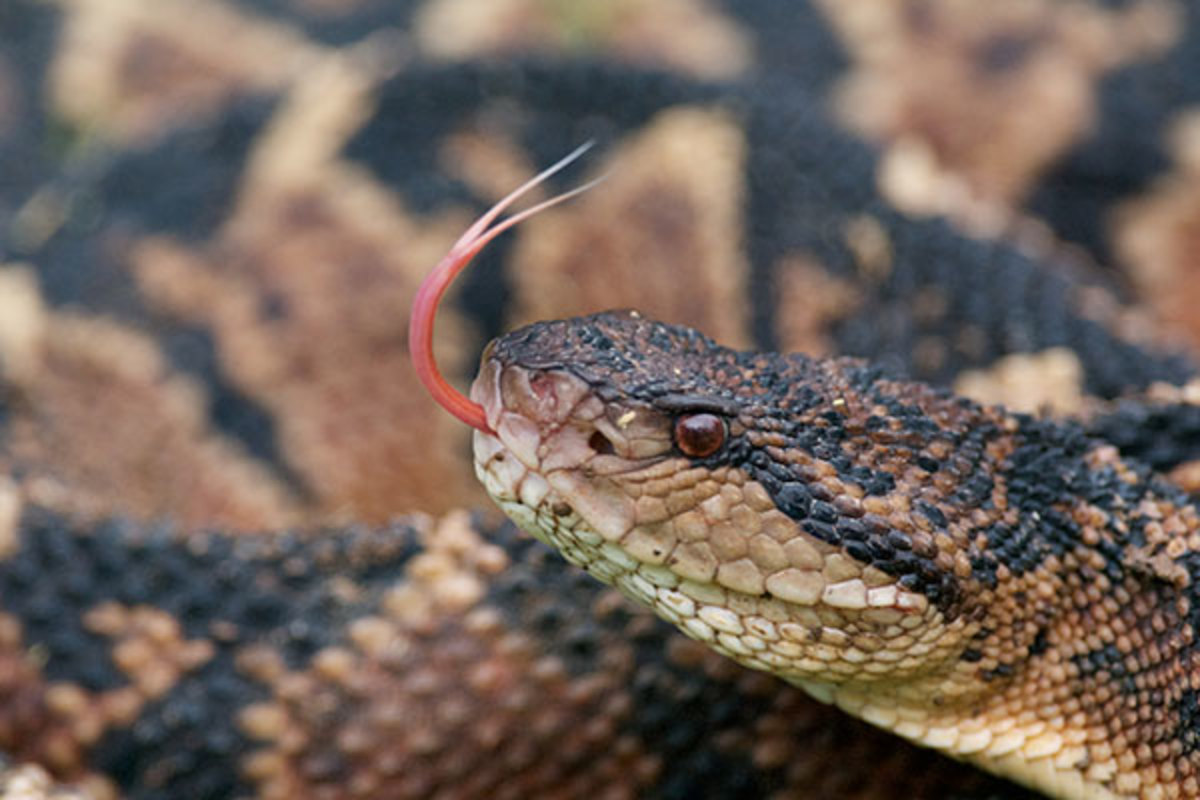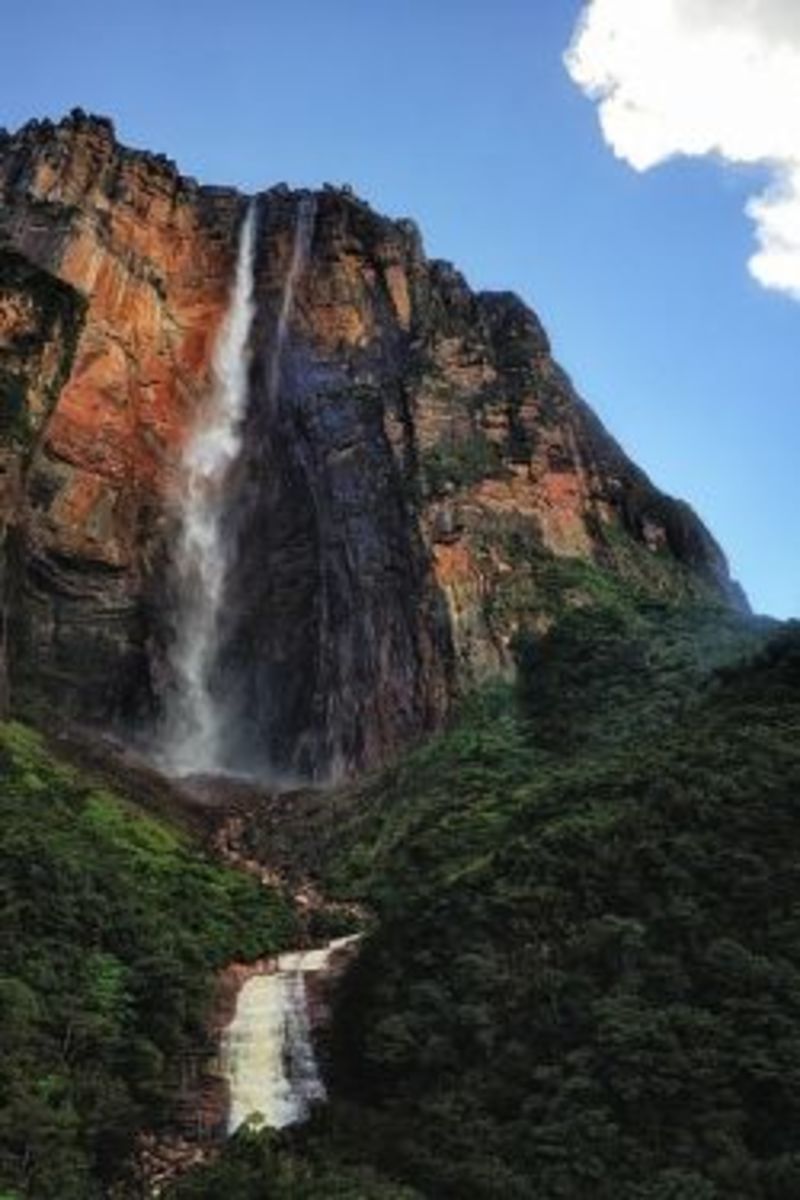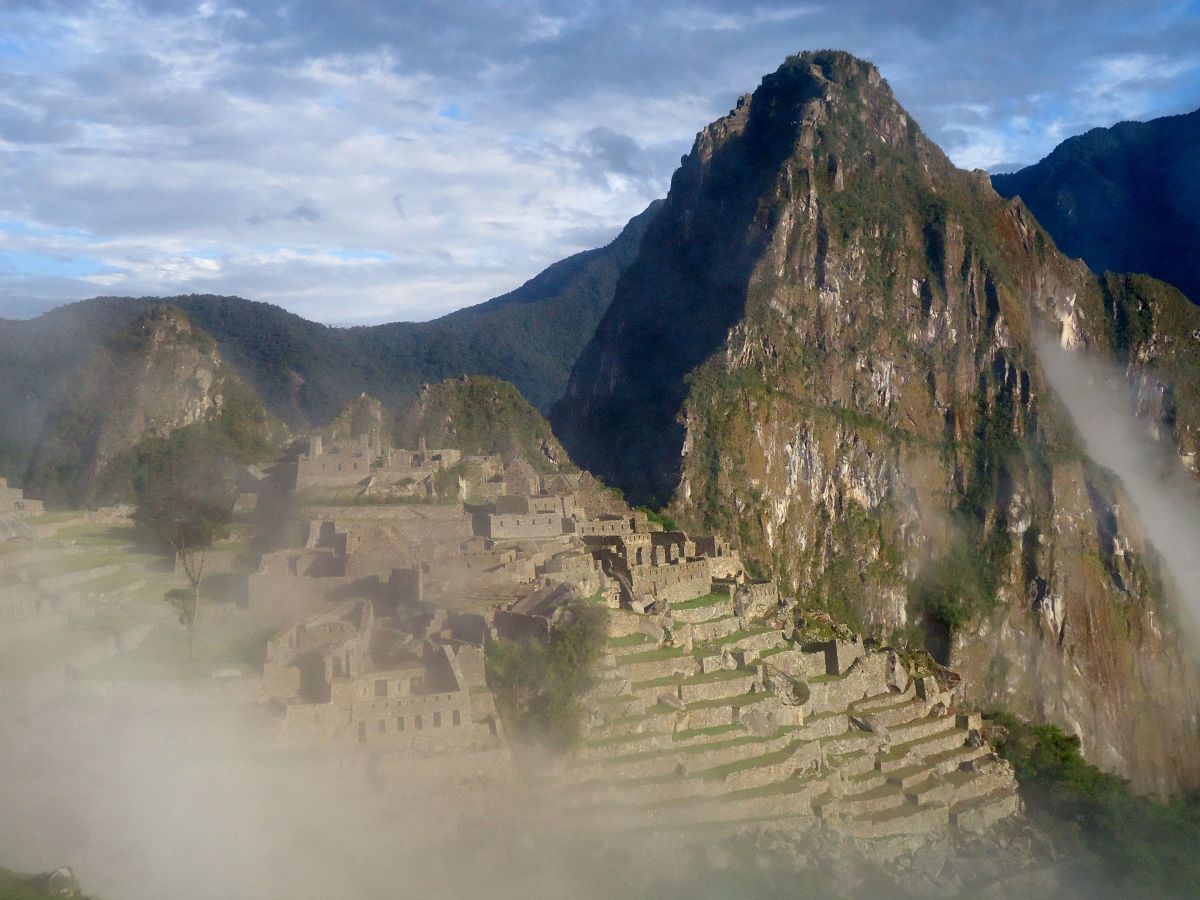Fun Facts About the Inca
Inca Facts
It is hard for society today to fully understand just how complex the Inca people truly were. They developed medicines, created cities and harvested fields more efficiently than we can today with all of our technology. They ruled one of the biggest empires in the world and they were distinct people with an inflexible social structure that ruled by a proxy.
Inca Art – The artistic Inca people did not have writing as we know it today so forms of poetry were passed down in verbal traditions and forms of art including music, carving wood, textile and carving stone.
Inca Pottery – Two types of ceramics were produced by the Inca people. The ceremonial style of traditional carefully crafted pieces and massive production ceramics for day to day needs. They were very simple geometrically but carvings and decoration on each piece told a story with animal images and pictures of daily activity.
Inca Technology – The Inca people were brilliantly intelligent and had an understanding of agriculture, mathematics, medicine, hydraulics, architecture, agriculture, military strategy and the advance development of crops.
Inca Masks – For religious activities and ceremonies, the Inca people created fascinating masks. The designs looked toward the functionality in the mask and not toward burial ceremonies like the people before them.
Inca Trail – The road system for the Inca people included over 23,000 kilometers of path that had been built up to work as roads being careful not to interrupt the natural environment.
Inca Gold – When a person died, their gold was not passed down to other generations. Gold was buried along with its owner which is why the tombs of the Inca people had all of the best gold collections.
Inca Jewelry – The golden chest, remarkable and quite amazing piece of jewelry by the Inca people was joined at the shoulders and then tied on the sides with the help of textiles, designed to protect their entire thorax.
Inca Weapons – The Inca people had a full understanding of military and created important Inca weapons consisting of truncheons and axes made with copper and stone.
- Inca Pyramids – Dry straw of corn plant mixed with clay sculpted mud bricks were used as a binding material. If the Inca people came across a sort of pyramid crated by another culture they would construct their Inca temple on top of it
- Inca Medicine – The Inca people were so complex that they could create medicine to treat sadness, anger, regret, cowardice, fear, anxiety, dementia and severe psychotic disorders as well as medicine for physical ailments.
Inca Warriors – Warriors of the Inca people were brainwashed for many years to forget fear completely until they became fearless to everything and then they were officially a warrior.
Inca Temple – Temples to the Inca people could house altars for only one god or for several gods. The sun god was the main god to the Incas and additionally there were many semi gods that carried their own religious ceremonies.
Inca Symbols – The Inca symbols contain some of the most mysterious pieces of their history. They literally had hundreds of symbols created for things like religion, astrology and war. The most popular symbol was the Chakana, otherwise known as the Inca cross.
Inca Culture – The culture of the people was simple and peaceful. The standard citizen, called a Haturuna believed their family was protected from natural disasters and it was a hunger free society.
Inca Mythology – Mythology of the Inca people explains that the moon, stars and sun were born in Lake Titicaca due to the explosion of the Etna volcano expelling tons of ash in the atmosphere creating a nighttime effect for many years.
Inca Empire – The Spaniard greed destroyed the beauty of fascinating Inca Empire. When the Spaniards were searching for silver and gold they destroyed temples and burned the quipus which is equivalent to historical books. The last of the Inca survivors collected all of the gold left from the kingdom and moved it into the Amazon jungle to hide.
Inca Agriculture – The Inca people could guarantee a permanent food supply by using certain methods of agriculture and farming techniques. They grew crops according to where the water flowed, created fertilizer and constructed underground channels for irrigation. They dried the food before it was stored and food rooms could feed a whole kingdom for seven years.
Inca Tea – The real benefit of the Inca tea was that in large amounts it contained Calcium, vitamin A, Zinc, complex B, Potassium and Magnesium. The coca leaf used in the tea is a complete food and offers medicinal purposes, great amounts of energy and curved their appetite.
Inca Clothing – The clothing of the Inca people defined who they were, what status they held and what they did for a living. It was made from cotton and llama wool and was the responsibility of the Inca government. Dyes were made from plants, insects, animals and mineral and the clothes were made by a waist loom that hung on the wall.
- Inca Homes – Homes were made in a rectangular shape from mud and bricks. Reed mats separated various rooms and roof consisted of wooden beams that needed replacing every three years to remain waterproof. Original homes had no windows and only one door that would be covered by reed mats to keep cold elements out at night.
